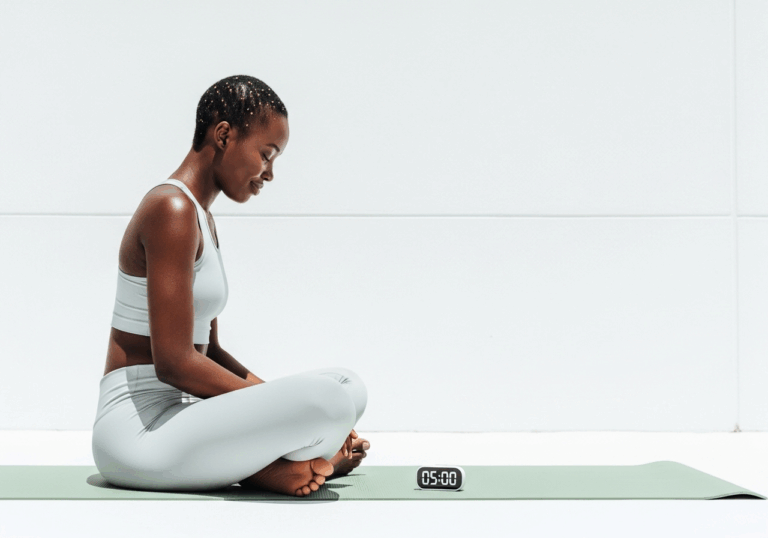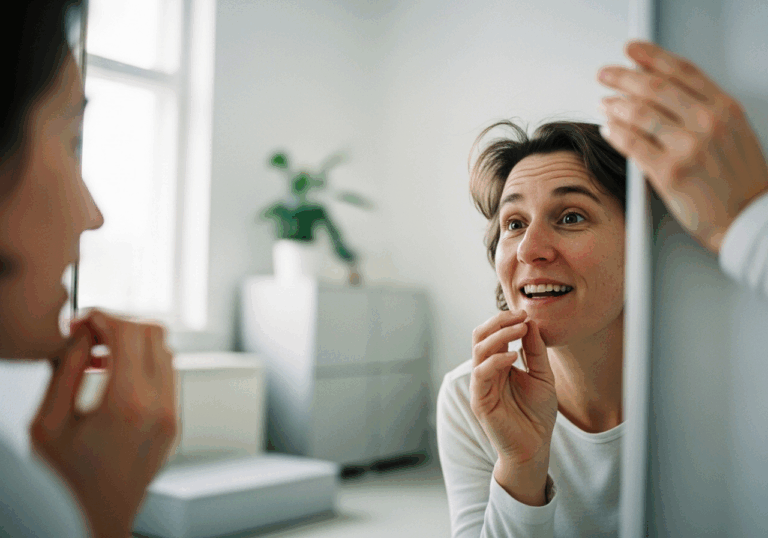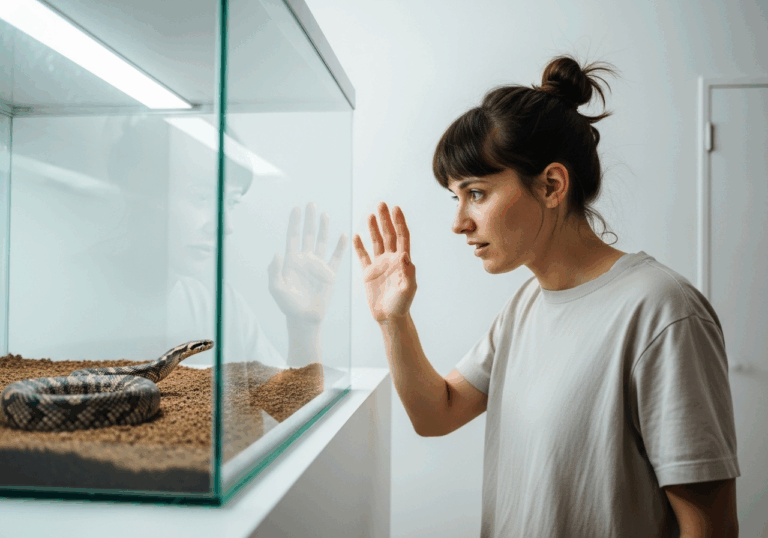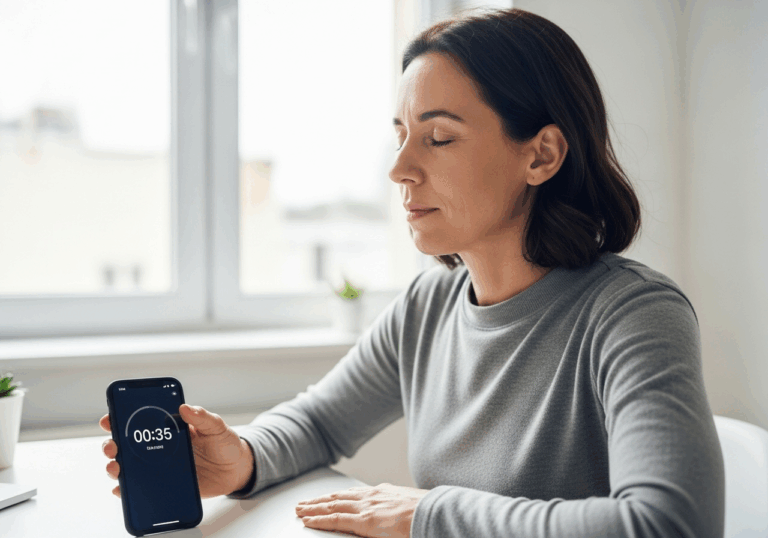Science-Backed Tips
Transform Anxiety with Self-Guided VR Therapy
Experience 6–12 months of anxiety reduction with low dropout rates.
📊 Did you know?
💡 Why It Matters
1️⃣
Self-guided VRET can significantly reduce anxiety symptoms, improving quality of life for individuals with anxiety disorders.
2️⃣
The low attrition rate (~11%) indicates high usability and acceptance of this therapy method.
3️⃣
Accessible therapy options like VRET can alleviate the burden on mental health services, making treatment more scalable.
✅ Try These Micro-Tips
🎯
Engage in self-guided VR therapy sessions for at least 30 minutes, three times a week.
🎯
Track your anxiety levels weekly to monitor progress and adjust your therapy as needed.
🎯
Incorporate relaxation techniques before and after VR sessions to enhance mood stabilization.
🎯
Consider joining online support groups to share experiences and strategies with others using VR therapy.
📚 The study
The objective was to assess the usability of this innovative therapy and its ability to sustain anxiety reduction over time. Participants engaged in self-guided VR sessions over several weeks, and the findings were remarkable: anxiety improvements were maintained for 6 to 12 months post-therapy, with a low attrition rate of approximately 11%.
This low dropout rate highlights the high usability and acceptance of self-administered exposure therapy, making it a reliable option for individuals struggling with anxiety.
The implications of these results are significant; self-guided VRET not only fosters mood stability but also provides an accessible therapy option that can alleviate the burden on mental health services.
By offering scalable treatment solutions, VRET can enhance the quality of life for those with anxiety disorders, paving the way for a more effective approach to mental health care.
As we continue to explore innovative therapies, self-guided VRET stands out as a beacon of hope for individuals seeking relief from anxiety, demonstrating that effective treatment can be both accessible and sustainable.
❓ Frequently Asked Questions ❓
Learn more
What is self-guided VR exposure therapy?
Self-guided VR exposure therapy (VRET) is a treatment method that allows individuals to engage in virtual reality experiences designed to help them confront and manage their anxiety. This therapy can be done independently, making it accessible and convenient for users.
How effective is self-guided VRET for anxiety disorders?
Research shows that self-guided VRET can lead to significant reductions in anxiety symptoms, with improvements maintained for 6 to 12 months. This method has been found to enhance the overall quality of life for individuals suffering from anxiety disorders.
What is the attrition rate for self-guided VRET?
The attrition rate for self-guided VRET is approximately 11%, indicating that most users find the therapy usable and continue with it. This low dropout rate suggests high acceptance of the treatment method.
How often should I engage in self-guided VR therapy sessions?
It is recommended to participate in self-guided VR therapy sessions for at least 30 minutes, three times a week. Consistent engagement can help maximize the benefits of the therapy.
Can self-guided VRET stabilize mood?
Yes, self-guided VRET has been shown to stabilize mood by providing reliable self-administered exposure to anxiety triggers. This stabilization can contribute to long-term improvements in mental well-being.
What techniques can enhance the effectiveness of VR therapy?
Incorporating relaxation techniques before and after VR sessions can enhance mood stabilization and overall effectiveness of the therapy. These techniques may include deep breathing exercises or mindfulness practices.
How can I track my progress during self-guided VRET?
Tracking your anxiety levels weekly can help you monitor your progress and make necessary adjustments to your therapy. Keeping a journal or using an app can be effective methods for tracking changes.
Are there any support options available for users of VR therapy?
Yes, joining online support groups can provide a platform for sharing experiences and strategies with others using VR therapy. These communities can offer encouragement and additional resources.
What are the benefits of accessible therapy options like VRET?
Accessible therapy options like VRET can alleviate the burden on mental health services by providing scalable treatment solutions. This approach allows more individuals to receive help without overwhelming traditional therapy resources.
How long do the anxiety improvements from VRET last?
Anxiety improvements from self-guided VRET have been shown to last for 6 to 12 months after treatment. This long-term effect highlights the potential of VRET as a sustainable therapeutic option.





